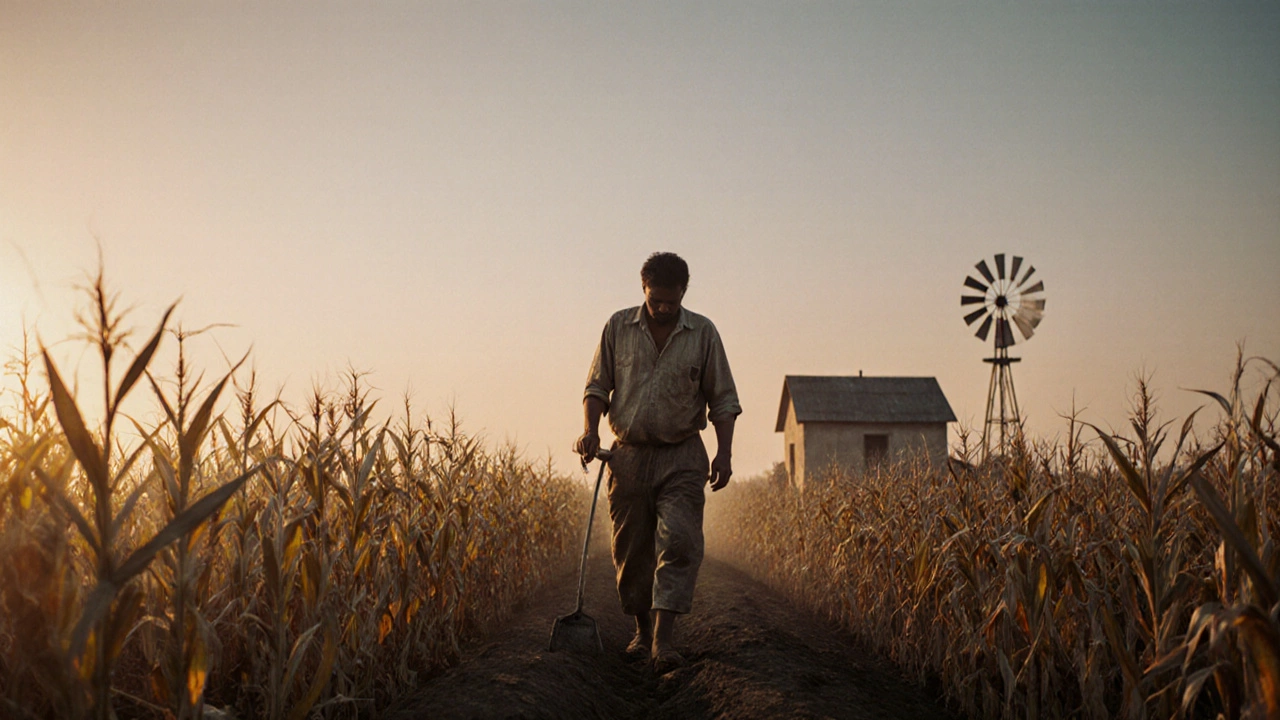Farmer Work Hours: How Long Do Indian Farmers Really Work?
When we talk about farmer work hours, the total time Indian farmers spend daily on planting, harvesting, and managing land. Also known as agricultural labor hours, it’s not just a number—it’s the rhythm of life for over 80 million farming households in India. Most farmers start before sunrise and finish after sunset, often working 10 to 14 hours a day, six or seven days a week. This isn’t a seasonal spike—it’s the year-round grind. Unlike office jobs with fixed shifts, farming doesn’t clock out when the sun sets. Rain delays, pest outbreaks, or broken irrigation pipes mean extra hours, no overtime pay, and no days off.
The rural labor conditions, the physical, economic, and social environment in which farmers operate. Also known as agricultural workforce reality, it’s shaped by land size, access to machines, water, and market links. A smallholder farmer with two acres might spend 12 hours a day hand-weeding and carrying sacks, while a larger farm with tractors cuts that time—but rarely below eight hours. Even then, the mental load never stops: checking weather apps, negotiating prices, managing debt, and worrying about the next harvest. The farming schedule, the annual cycle of planting, growing, harvesting, and resting. Also known as agricultural calendar, is dictated by monsoons, not calendars. There’s no summer break. No winter holiday. Just one crop cycle after another, with little room for error.
What you don’t see are the hidden hours—walking miles to fetch water, standing in long lines at mandis, waiting for subsidy payments, or sitting through government meetings that never lead to change. These aren’t part of official work hour counts, but they’re part of the farmer’s day. And when drought hits or prices crash, those hours stretch even longer as farmers scramble to survive. The myth that farming is easy or seasonal? It’s gone. The truth? Indian farmers work harder and longer than almost any other group in the country, often with less support.
Below, you’ll find real stories and data-backed posts that dig into what these hours actually mean—for income, health, technology adoption, and policy. You’ll see how energy costs affect irrigation timing, how public health programs try to protect farm families, and why tech transfer fails when it ignores the daily reality of the person holding the plow. This isn’t about statistics. It’s about time. And time is the one thing farmers can’t afford to lose.




